Operation Flipper was a raid by the Combined Operations to kill Field Marshall Erwin Rommel at his headquarters in Sidi Rafa, Libya, that would take place between10-19 November 1941. The attack would use man from Combined Operations, Special Boat Services (SBS), No. 11 Commando, Long Range Desert Group (LRDG), and also the man from the Special Operations Executive (SOE) G(R). This raid was to be a smaller part of a more significant campaign to relieve Tobruk and push the Axis from North Africa.
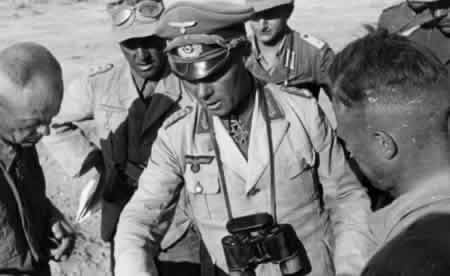
The operation had four main objectives, first and foremost was to kill Rommel at his headquarters, destroy the nearby Italian headquarters and its communications network, sabotage the Italian Intelligence Office in Appolonia and its communications network between Faidia and Lamdula, and lastly, conduct general sabotage actions elsewhere in the Axis forces rear area.
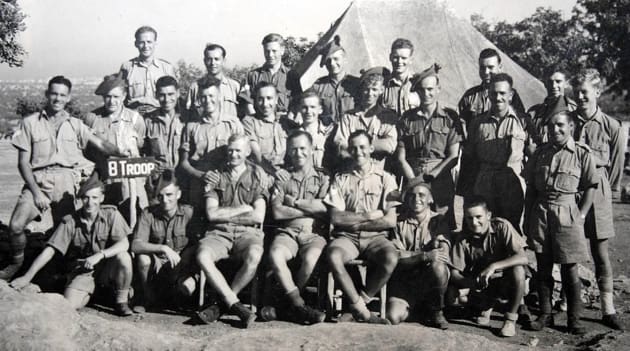
Leading the mission was Colonel Robert Laycock. His second in command was Lieutenant Colonel Geoffrey Keyes. On November 10, 1941, Laycock’s six officers and 53 men boarded the submarines Torbay and Talisman and left Alexandria harbor for Beda Littoria, Cyrenaica. Waiting for them on the beach was Captain Jock Haselden and an Arab soldier from the SOE’s G(R). They would guide the folbots (early versions of Klepper type canoes) to the beach and help them ashore. Once ashore, they would meet up with the rest of Haselden man, including two more Brits, a free Belgian, and another Arab soldier who stayed further inland; all had been dropped off by the LRDG earlier that day. Haselden’s team had local knowledge of the area; one of the Arabs would lead the assault team to the target while the rest of Haselden’s team would sabotaging the communications. Keyes got himself and all his men ashore. But as Layton and his men prepared to disembark, a storm struck. Heavy seas drove Talisman aground, and only Layton and seven men reached the beach.
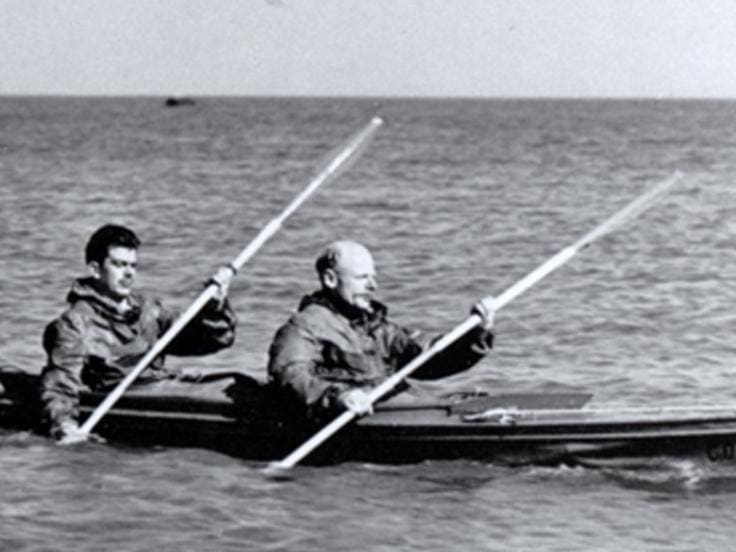
With his force cut in half, Keyes modified the plan. It would be a two-part assault; Keyes would attack Rommel’s HQ, and Lt. Roy Cooke would lead the Italian headquarters’ attack. Layton and a small force would defend the force’s escape route. On the evening of November 15, Keyes, Cooke, and their men headed inland. Despite the weather, the groups managed to reach their respective launch positions on the evening of November 17. At midnight, they attacked. Keyes, leading a three-person assault team, burst into the villa identified as Rommel’s headquarters. They surprised a German officer who was killed as he struggled with Keyes. The attackers then rushed down the hall, and Keyes opened a room where ten Germans were arming themselves. One of the Germans shot Keyes, killing him. What the team didn’t know was that Rommel had left the compound a week earlier for Rome. After Keyes’s death, things started to get worse.
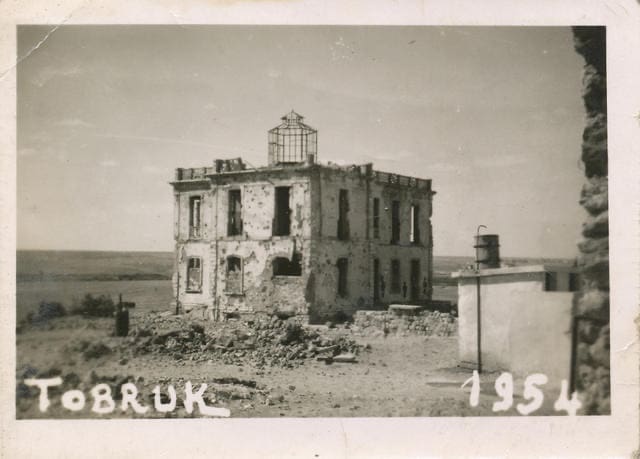
Campbell was shot in the leg by one of his men. He passed command to Sergeant Jack Terry and remained behind. Terry gathered the raiding team and retreated with 17 men to rejoin Laycock at the beach. Cooke’s men encountered a platoon or so of Italian police paratroopers. The Italians had been searching for the British raiders close to the village Mansura north of Cyrene. With the Italian and Germans looking for the raiding party, Laycock knew it would be impossible to re-embark on the submarines as they waited for the weather to improve. They were discovered and exchanged fire with local Italian and German troops. Low on ammo and aware that they could not stand off a larger force, Laycock ordered the men to scatter. Laycock and Terry made it to safety after 37 days in the desert. Bombardier John Brittlebank, one of the SBS teams who had guided the commandos in the folbots, escaped and survived alone in the desert for forty days until Allied troops picked him up. The rest of the raiding force was captured, some of them were wounded.
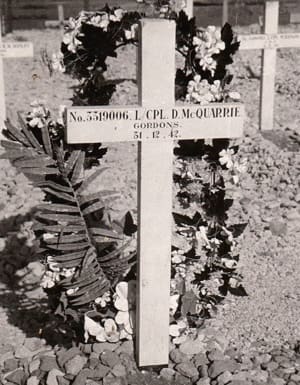
The raid was considered a failure by the British high command, but to the Germans, especially to Rommel, it showed what the Combined Operations could do. It would also help Winston Churchill decide to put the Commando’s and other groups under the SOE after the British military decide they didn’t need them anymore. Rommel was quoted as saying, “It was a brilliant operation and with great audacity.” Rommel ordered that Keyes and all the rest of the Commandos be buried with full military honors, sending his personal chaplain, priest Rudolf Dalmrath, to officiate. He had cypress crosses and wreaths made for the British and German dead. Rommel also instructed that photographs be taken of the ceremony and Keyes’ grave and sent them to his parents, a chivalrous act that increased British respect for him. British Special Operations would continue to wreak havoc thru out the Africa Theater of Operation, significantly contributing to the Allies victory.


Great bit of SOF history. Thank you for sharing.
If I recall correctly, this is the mission that provided the initial inspiration to Jack Higgins for “The Eagle Has Landed”.
Hard to imagine an enemy leader treating the bodies of the fallen with such respect today.
Incredible stuff in hindsight, unfathomable without. Changed the course of warfare. In the Asia Pacific those ideas gave birth to more of the same with groups like Z and M force.
Love that group shot. Smiling lads in shorts kicking the enemy right in the nuts.
The M and Z units were part of the SOE-Australia.
It also can be noted that Geoffrey Keyes father was Admiral of the Fleet Roger Keyes who in WW1 led Raid on Zeebrugge, and in WW2 was first Director of Combined Operations.